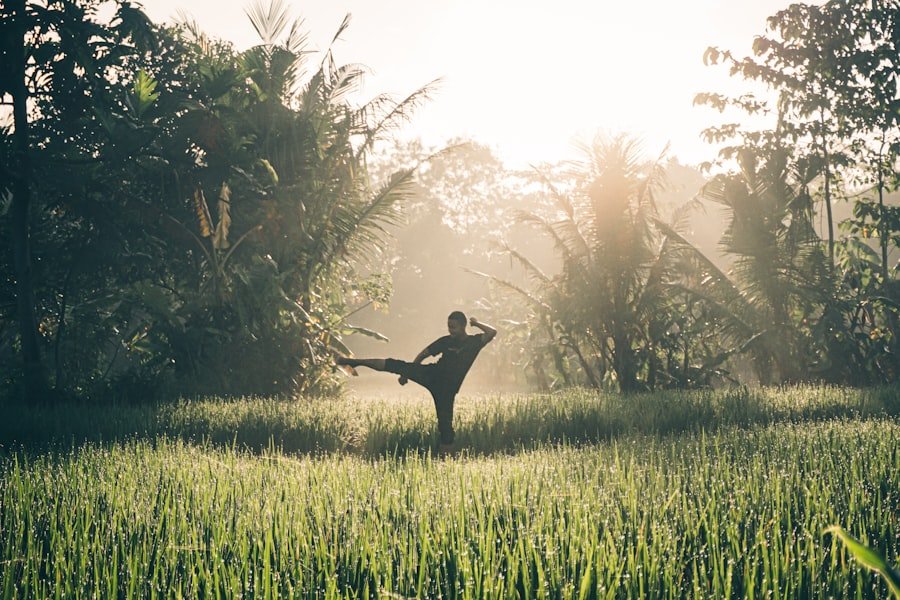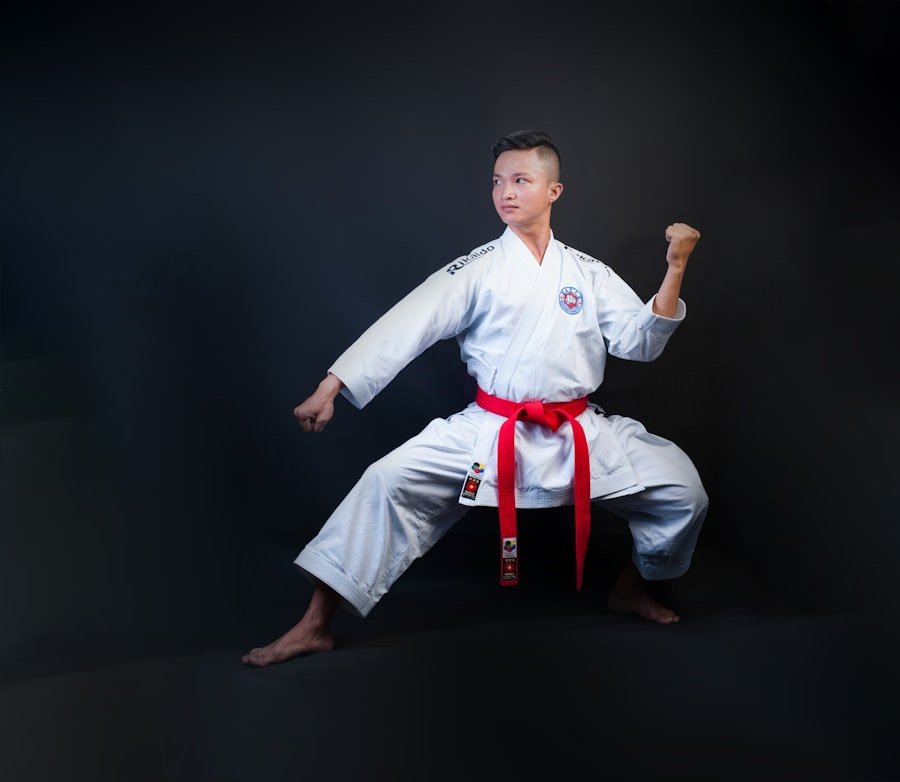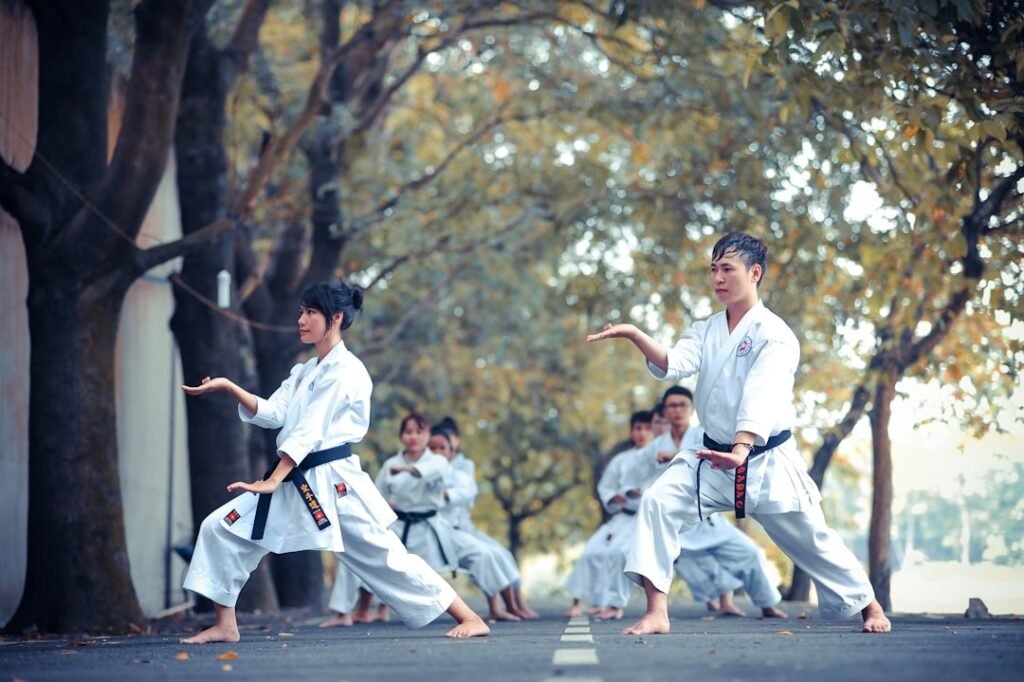In an increasingly interconnected world, the ability to communicate across cultures has never been more vital. The Chinese language, with its rich history and cultural significance, stands as one of the most spoken languages globally. For those interested in delving into the depths of Chinese culture, particularly through the lens of martial arts, enrolling in a Chinese language course can be a transformative experience.
The LC Chinese School in Oslo offers a comprehensive curriculum designed to cater to learners of all levels, from beginners to advanced speakers. This course not only focuses on language acquisition but also immerses students in the cultural nuances that shape the Chinese way of life. The structure of the course is meticulously crafted to ensure that students gain a solid foundation in both spoken and written Chinese.
With experienced instructors who are native speakers, learners are provided with authentic language exposure and practical communication skills. The course covers essential vocabulary, grammar, and pronunciation, while also integrating cultural lessons that highlight the significance of language in everyday life. By participating in this course, students can expect to develop a deeper appreciation for the intricacies of the Chinese language and its connection to various aspects of Chinese culture, including martial arts. Spaces are filling up fast! Register for Chinese classes at the LC Chinese School in Oslo today.
Table of Contents
ToggleSummary
- Introduction to the Chinese Language Course: Learn the basics of the Chinese language and its importance in martial arts.
- Understanding the Cultural and Historical Significance of Chinese Martial Arts: Gain insight into the rich history and cultural significance of Chinese martial arts.
- Exploring the Connection Between Language and Martial Arts: Understand how language and martial arts are interconnected in Chinese culture.
- Learning Chinese Terminology for Martial Arts Techniques: Acquire the vocabulary necessary to understand and communicate about martial arts techniques in Chinese.
- Embracing the Philosophical and Spiritual Elements of Chinese Martial Arts: Discover the deeper philosophical and spiritual aspects of Chinese martial arts through language and culture.
Understanding the Cultural and Historical Significance of Chinese Martial Arts
Chinese martial arts, often referred to as Wushu or Kung Fu, encompass a vast array of fighting styles and philosophies that have evolved over thousands of years. These martial arts are not merely physical disciplines; they are deeply rooted in China’s history, philosophy, and cultural identity. The origins of these practices can be traced back to ancient times when they were developed for self-defence, military training, and spiritual development.
Each style carries its own unique history and significance, reflecting the values and beliefs of the era in which it was developed. The historical context of Chinese martial arts is rich and complex. From the Shaolin monks who perfected their skills in secluded temples to the legendary figures who popularised various styles, the stories behind these practices are as captivating as the techniques themselves.
Understanding this historical backdrop is crucial for anyone wishing to engage with martial arts on a deeper level. It allows practitioners to appreciate not only the physical techniques but also the philosophical underpinnings that guide their practice. This cultural heritage is an integral part of what makes learning Chinese so relevant for martial artists.
Exploring the Connection Between Language and Martial Arts

Language and martial arts share a profound connection that extends beyond mere terminology. Both serve as forms of expression, allowing individuals to communicate their thoughts, emotions, and intentions. In martial arts, movements and techniques convey meaning, much like words do in a language.
The ability to articulate these movements through language enhances a practitioner’s understanding and execution of techniques. Moreover, learning the language associated with martial arts can deepen one’s connection to the art form itself. When practitioners learn Chinese terminology related to martial arts, they gain insight into the philosophy and principles that underpin their training.
Terms such as “Qi” (energy) and “Yin-Yang” (balance) are not just words; they encapsulate concepts that are central to martial arts practice. By understanding these terms in their original language, practitioners can better appreciate their significance and apply them in their training. This linguistic connection enriches the overall experience of martial arts, transforming it into a holistic practice that encompasses both physical and mental dimensions.
Learning Chinese Terminology for Martial Arts Techniques
A crucial aspect of mastering any martial art is understanding the specific terminology associated with its techniques. In Chinese martial arts, each movement has a name that often reflects its purpose or origin. For instance, “Tui Shou” refers to “pushing hands,” a practice that emphasises sensitivity and balance between partners.
Learning these terms in Chinese not only aids in memorisation but also fosters a deeper connection to the techniques themselves. The LC Chinese School in Oslo places significant emphasis on teaching students the relevant vocabulary for martial arts. Through interactive lessons and practical exercises, students learn how to pronounce and use these terms effectively.
This approach not only enhances their communication skills but also allows them to engage more fully with their instructors and fellow practitioners. As students become familiar with the terminology, they find themselves better equipped to understand instructional materials, participate in discussions about techniques, and ultimately improve their performance in practice.
Embracing the Philosophical and Spiritual Elements of Chinese Martial Arts
Chinese martial arts are steeped in philosophy and spirituality, drawing from ancient Chinese beliefs such as Confucianism, Taoism, and Buddhism. These philosophies inform not only the techniques but also the mindset required for effective practice. Concepts such as harmony, balance, and respect for nature are integral to martial arts training and resonate deeply with practitioners on a personal level.
By learning Chinese alongside their martial arts training, students at LC Chinese School can explore these philosophical elements more thoroughly. The language serves as a gateway to understanding texts and teachings that have shaped martial arts over centuries. Engaging with these ideas in their original language allows practitioners to grasp nuances that may be lost in translation.
This deeper understanding fosters a more profound respect for the art form and encourages practitioners to embody its principles both on and off the mat.
Enhancing Communication and Connection with Chinese Martial Arts Masters

One of the most enriching aspects of studying martial arts is the opportunity to learn from masters who have dedicated their lives to perfecting their craft. Many of these masters are native Chinese speakers who possess a wealth of knowledge about both the physical techniques and the cultural context surrounding them. By learning Chinese, students can enhance their communication with these masters, allowing for a more meaningful exchange of ideas and techniques.
At LC Chinese School, students are encouraged to engage with their instructors not only in terms of technique but also through conversation about philosophy, history, and personal experiences within martial arts. This dialogue fosters a sense of community and connection that transcends language barriers. As students become more proficient in Chinese, they find themselves able to ask questions, seek clarification, and share insights with their instructors in a way that enriches their learning experience.
Immersing Yourself in the Language and Culture of China
Language learning is most effective when it is immersive; this principle is at the heart of the courses offered at LC Chinese School in Oslo. Students are encouraged to engage with various aspects of Chinese culture beyond just language classes. This includes exploring traditional festivals, culinary experiences, calligraphy workshops, and even film screenings that showcase different facets of Chinese life.
Such immersion allows students to contextualise their language learning within real-world scenarios. For instance, understanding cultural references during conversations about martial arts can significantly enhance comprehension and retention of vocabulary. By participating in cultural activities alongside their language studies, students develop a holistic understanding of China that informs their practice of martial arts.
Developing a Deeper Understanding of Chinese Martial Arts through Language
As students progress through their language studies at LC Chinese School, they begin to notice how their newfound linguistic skills enhance their understanding of martial arts techniques and philosophies. The ability to read instructional materials in Chinese opens up a wealth of resources that may not be available in translation. This access allows practitioners to delve into classic texts on martial arts theory or explore contemporary writings by leading masters.
Moreover, engaging with these texts in their original language fosters critical thinking about one’s own practice. Students can reflect on how traditional teachings apply to modern training methods or how philosophical concepts resonate with their personal experiences in martial arts. This deeper understanding ultimately leads to more informed practice and a greater appreciation for the art form as a whole.
Connecting with a Community of Like-Minded Martial Artists in Oslo
One of the most rewarding aspects of studying at LC Chinese School is the opportunity to connect with a community of like-minded individuals who share a passion for both language and martial arts. The school fosters an environment where students can collaborate, share experiences, and support one another in their journeys. This sense of community is invaluable for personal growth and motivation.
Through group classes, workshops, and social events, students have ample opportunities to forge friendships with fellow practitioners who understand the challenges and triumphs associated with learning both a language and an art form. These connections often extend beyond the classroom or training hall; they create lasting bonds that enrich both personal lives and martial arts journeys.
Applying Chinese Language Skills to Enhance Your Martial Arts Practice
The culmination of language learning at LC Chinese School is its practical application within martial arts practice. As students become proficient in Chinese terminology related to techniques, they find themselves better equipped to absorb instruction during classes or seminars led by native-speaking masters. This fluency allows for more nuanced understanding during training sessions where subtlety is key.
Furthermore, being able to communicate effectively with fellow practitioners enhances collaborative training experiences such as partner drills or sparring sessions. Students can articulate feedback or ask questions without hesitation, leading to improved performance overall. The synergy between language skills and martial arts practice creates an enriching environment where both can flourish together.
Embracing the Soul of Your Art through Language and Culture
In conclusion, embracing the study of the Chinese language alongside martial arts practice offers an unparalleled opportunity for personal growth and cultural enrichment. The courses at LC Chinese School in Oslo provide an ideal platform for individuals seeking to deepen their understanding of both disciplines simultaneously. By learning the language, students unlock access to rich cultural traditions while enhancing their communication skills within martial arts contexts.
As practitioners immerse themselves in this journey—exploring terminology, philosophy, community connections—they discover that language is not merely a tool for communication but rather an integral part of embodying the soul of their art form. Ultimately, this holistic approach fosters not only skilled martial artists but also culturally aware individuals who appreciate the beauty inherent in both language and movement.







